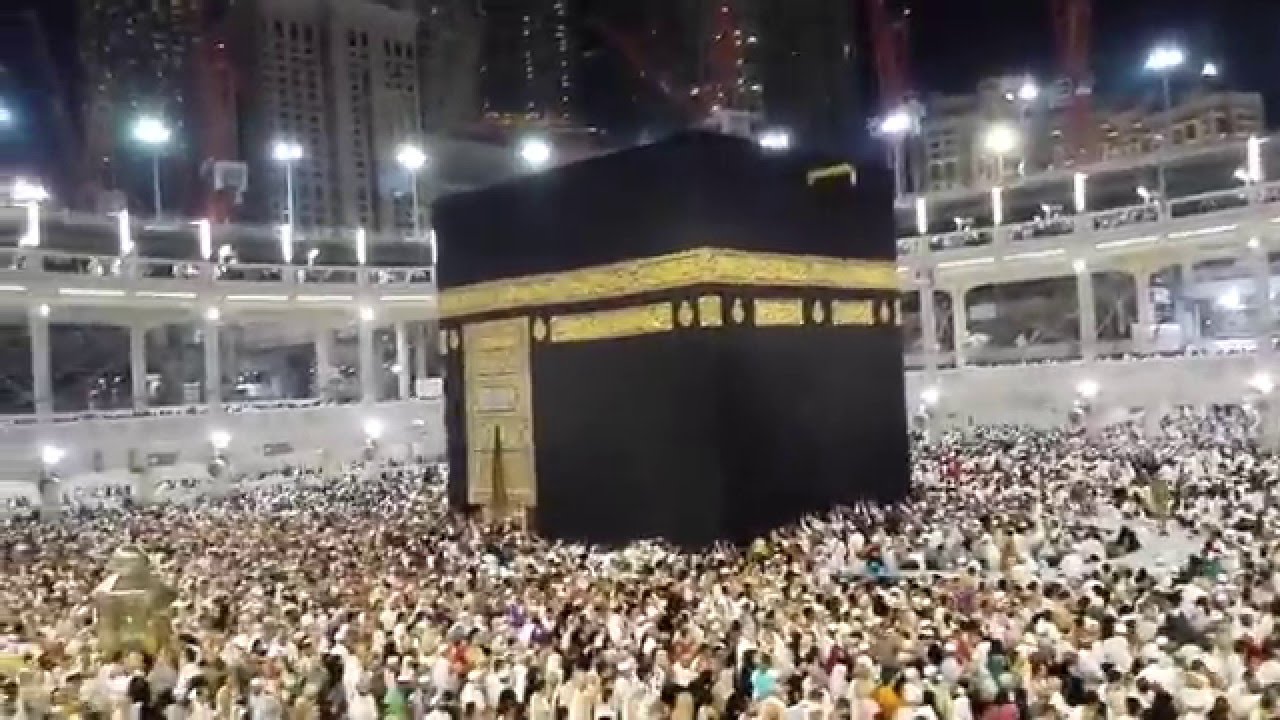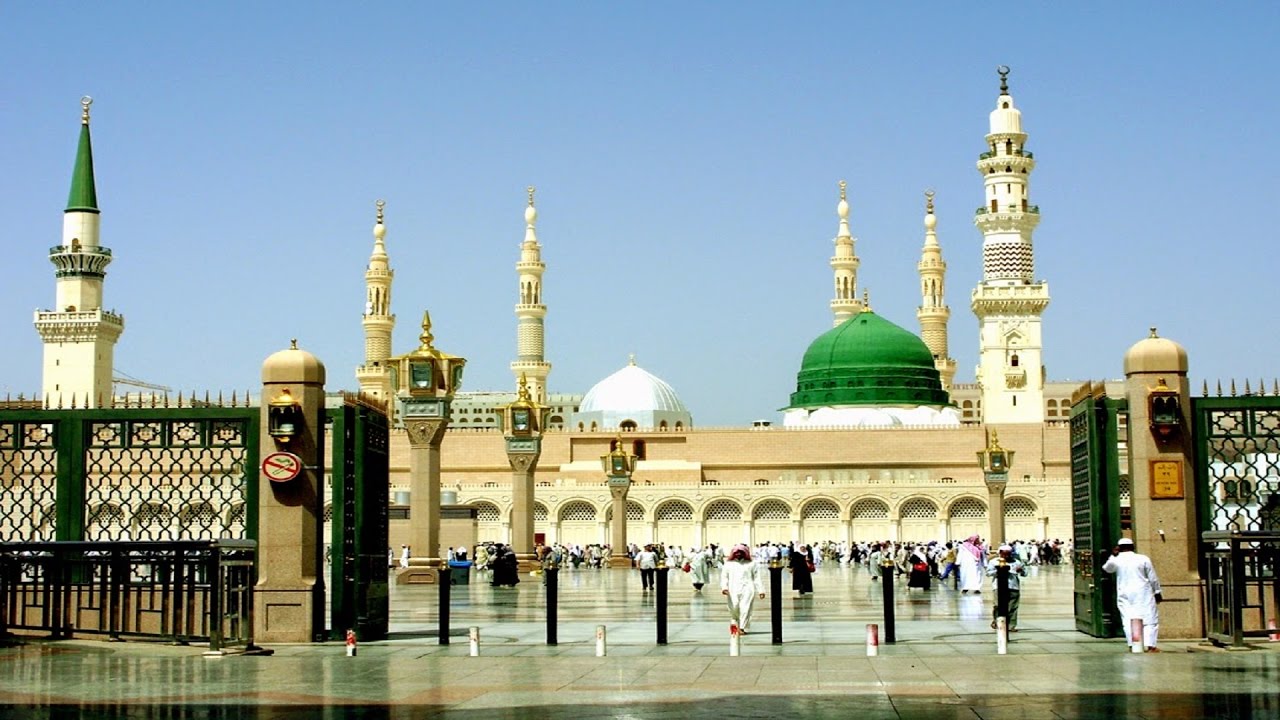Awliya-Grave Tomb Building
“Bismillahir Rahmannir Raheem”Al-Hamdu Lillaahi Rabbil ‘Aalameen was Salaatu was- Salaamu ‘Alaa Sayidinaa Muhammadin wa Aalihi wa Asabihi Ajma ‘een (tauheed- risalat- ahkirat and islam-iman-ihsan)
Aulia visitation
Imam Nawawi relates in his Rawdat Talibeen(Kitab al Wassiyat) that imarat(building) of the graves of the ambiya,ulema and saliheen for the purpose of ziyarah and tabarruk is Jaiz.
While Ibn Hajr al Haythami in his
Tuhfa and Imam Ramli in Nihaya, similarily explains with regards to wasiyyat,
that it is a pious act to build a qubba or a mashhad over the grave of ambiya,
ulema and saliheen for purpose of facilitating ziyarah and tabarruk.
The shafis differentiated public graveyard from private and laymen from those who are ulema, awliya and nabiyya refuting the batil views of misguided groups.
But some of the later scholars
have further explained that this issue of making space in public graveyards do
not apply to the Prophets or friends of Allah because their bodies at many
times do not decay. Therefore, their graves will always be occupied and the
issue of vacating space do not apply to them.
Abu Hanifa is reported to have
regarded building over tombs(al-bina ala l-qubur) as legal and not
objectionable. [ Nawawi majmu 5:298; Abu
Abd’Allah Muhammed Qadhi Safadi al-Dimaqshi, Rahmat al Umma fi Kthilaf al
Aimma( Cairo,1386/1987), 73; Abd al Wahab al-Sharani, Kitab al Mizan, 2
vol.(Cairo, 1291/1874), vol 1, p.271.]
Imam Sha’raani(ra)states, “It is based on this that other Imams say
that a building shouldn’t be built on a grave nor should it be plastered, even
though the ruling of Imam Abu Hanifa(ra) is, “All of these things are
permissible.” So, the former sayings have hardship and the latter one has
ease:’ 12.14 – Meezaan-e-Kubra, Vol.1, Kitaabul-Janaaiz.
Shaykh Isma`il Haqqi said in his Qur’anic commentary*Ruh al-Bayan*under the
verse(9/18) “The mosques of Allah may only be built and maintained by
those who believe in Allah and the Day of Judgement, perform the prayers and
give zakat, and are afraid of none other than Allah and they are those who are
guided”*(9:18)
Shaykh `Abd al-Ghani al-Nabulusi said in*Kashf al-Nur `an Ashab
al-Qubur*(“The Unveiling of Light from the Occupants of the Graves”) the
sum of which is that a good innovation that agrees with the objectives of the
Sacred Law is called a sunna. Thus, building domes over the graves of Scholars,
friends of Allah (awliya’) and the righteous and placing covers, turbans and
cloth over them is permissible if the objective therein is to create reverence
in the eyes of ordinary people so that they will not disdain the occupant of
that grave.
The Malikite Qadi of Baghdad, Abu’l-Hasan ‘Ali b. Umar b. Ahmad al-Qassar (d.
1008) allowed building a qubba, a bayt, or a madrasa over a tomb, so long as
it did not touch the grave proper, as so long as the structure did not strive
for vainglory and plomp(mabaha).
( Ibn al-Siddiq al-Ghumari in his Ihya al-Maqbur min Adillat Istihbab Bina
al-Masajid wa-l-Qibab ‘alal-Qubur (Cairo, ca 1925), p.11. His report goes back
to a risala of a al-Tamimi al-Maghribi al-Tunisi (for him see ‘Umar Rida
Kahhala, Mu’jam al-Mu’allifin, 15vols.(Damascus, 1372-81/1957}, vol 2, p.263).
Ibn Hazm(d.1064) of Cordoba, in Kitab
al-Muhalla(vol 5, p.133): “If over it [ the grave] a bayt or a raised
construction(qaim) was built, this was not regarded as objectionable.” Ibn
Hazm, in the same book(5:133) said: “He [Muhammad(ﷺ)] already
announced the place of his grave by his word: ‘The space that lies between
my grave and my minbar belongs to the garden of paradise.’ By saying that, he
announced that it [ his grave] would be in his bayt. He did not object to his
grave’s being located inside the bayt and [therefore] did not object to an
erected building (bina qaim)[on the a grave].”
When I want to talk to allah I say prayers and when I want that he talk to me I recite quran- Hazrath Ali(ra)
Make sure you forward this to others .


